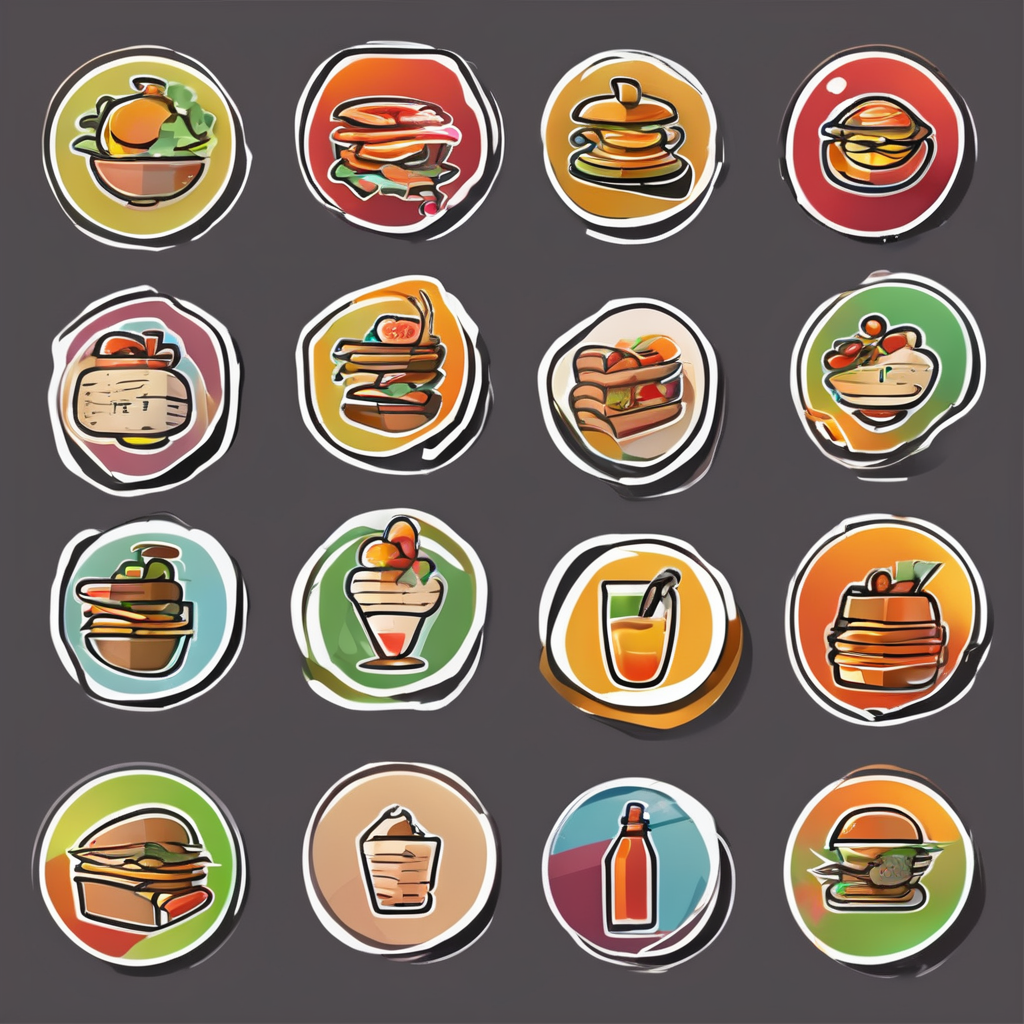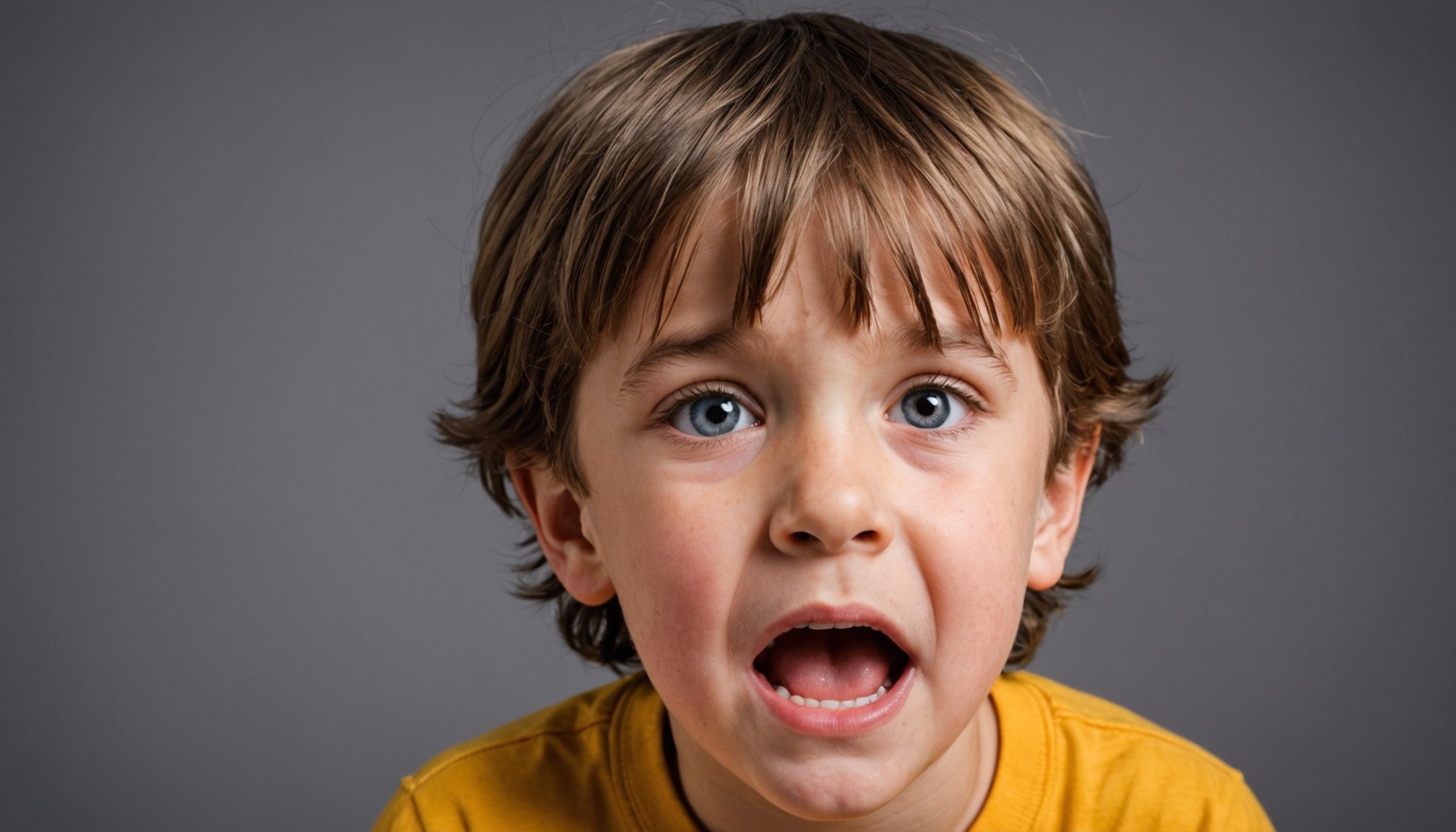Top Strategies for Effectively Managing Behavioral Outbursts in Children with ADHD
Managing behavioral outbursts in children with Attention Deficit Hyperactivity Disorder (ADHD) can be one of the most challenging aspects of parenting. However, with the right strategies, parents and caregivers can help these children regulate their emotions, reduce aggressive behaviors, and improve their overall well-being. Here’s a comprehensive guide to help you navigate this complex but rewarding journey.
Understanding ADHD and Behavioral Outbursts
Before diving into the strategies, it’s crucial to understand the underlying factors that contribute to behavioral outbursts in children with ADHD.
Also to read : Exploring the Consequences of Extended Antibiotic Therapy in Chronic Lyme Disease Management
Symptoms of ADHD
Children with ADHD often exhibit symptoms of inattention, hyperactivity, and impulsivity. These symptoms can manifest as difficulty focusing, excessive restlessness, fidgety behavior, and impulsive actions such as interrupting others or acting without thinking.
Emotional Dysregulation
Children with ADHD tend to experience intense emotional responses, which can lead to behavioral outbursts. This emotional dysregulation is not a symptom of ADHD itself but is often associated with the disorder. These strong reactions can be both positive and negative, but they frequently make daily life challenging.
In parallel : Exploring the Lasting Impact of Bariatric Surgery on Achieving Type 2 Diabetes Remission: What You Need to Know
Proactive Strategies for Managing Behavioral Outbursts
Proactive strategies focus on preventing behavioral outbursts before they occur. Here are some effective methods to consider:
Building a Consistent Environment
Providing a consistent environment is key for children with ADHD. This includes regular mealtimes, sleep schedules, and a structured daily routine. Consistency helps in reducing anxiety and unpredictability, which can trigger outbursts.
Modeling Emotion Regulation
Parents and caregivers play a significant role in modeling healthy emotion regulation. By talking about your feelings and how you manage them, you can help your child learn these skills. For example, if you feel frustrated, you can verbalize your feelings and demonstrate how to take a deep breath or step away to calm down.
Encouraging Emotional Expression
Encourage your child to talk about their feelings. Label their emotions and discuss them as they arise in everyday situations, such as during books or TV shows. This helps children understand and manage their emotions better.
Teaching Deep Breathing and Relaxation Techniques
Deep breathing is a simple yet effective tool that can be practiced anywhere. Teach your child how to take slow, deep breaths to calm down. This technique can be practiced as a family activity to reinforce its importance.
Reactive Strategies for Managing Behavioral Outbursts
While proactive strategies are essential, it’s equally important to know how to handle outbursts when they occur.
Deploying Immediate Response Techniques
When a behavioral outburst happens, it’s crucial to respond effectively. Here are some immediate response techniques:
- Stay Calm: It’s essential to remain calm and composed. Avoid punishing the child for their anger, as this can escalate the situation. Instead, focus on correcting the misbehavior.
- Use Time-Outs Judiciously: Time-outs can be effective for younger children, but they should be used carefully. Ensure the child is in a safe and calm environment, and use this time to help them reflect on their behavior.
- De-escalation Strategies: Learn de-escalation techniques to calm the situation. This might include speaking in a calm tone, offering a comforting presence, or providing a safe space for the child to calm down.
Prioritizing Post-Incident Reflection and Support
After the outburst has passed, it’s important to reflect on what happened and provide support. Here are some steps to follow:
- Discuss the Incident: Talk to your child about what happened, how they felt, and what they could do differently next time.
- Offer Support: Provide emotional support and reassure your child that it’s okay to make mistakes.
- Identify Triggers: Try to identify what triggered the outburst and develop strategies to avoid or manage these triggers in the future.
Behavioral Therapy and Parent Training
Behavioral therapy and parent training are invaluable tools in managing ADHD-related behaviors.
Cognitive Behavioral Therapy (CBT)
CBT is an effective treatment for children with ADHD, especially those who also have anxiety disorders. CBT helps children recognize and understand their emotions, challenge negative thoughts, and develop healthier habits. It also teaches practical coping skills and communication techniques.
Collaborative Problem Solving (CPS)
CPS, developed by Dr. Ross Greene, is an evidence-based approach that focuses on understanding the child’s perspective. It involves working with the child to identify skills they lack, situations that trigger problems, and strategies to support skill development. The core message of CPS is “Kids do well when they can,” emphasizing that children behave well when they have the necessary skills and support.
Parent Education and Support
Parent education and support programs are crucial for helping parents manage their child’s ADHD. These programs teach parents how to set realistic expectations, model appropriate behaviors, and use positive reinforcement to encourage desirable behaviors. They also provide a support network for parents to share experiences and learn from each other.
Role of Medication in Managing ADHD
Medication can be a significant component of ADHD treatment, but it should be used in conjunction with other therapies.
Types of Medication
Stimulants such as methylphenidate (Ritalin, Concerta) and amphetamines (Adderall, Dexedrine) are commonly used to treat ADHD. Non-stimulant medications like atomoxetine (Strattera) and viloxazine (Qelbree) are also available for children who cannot take stimulants or prefer not to. Other medications like guanfacine and clonidine can also be used, although they have weaker effects compared to stimulants.
Risks and Benefits
It’s important to discuss the potential benefits and risks of medication with your doctor. While medication can significantly improve focus and behavior, it also comes with side effects and the risk of diversion, especially among adolescents and young adults.
Social Skills Training
Social skills training is essential for children with ADHD, as they often struggle to develop adequate social skills.
Building Awareness of Emotions and Behaviors
Teach your child to be aware of how others perceive their behavior. This involves perspective-taking and understanding when their actions are not acceptable to others. Role-playing different social scenarios can help them learn appropriate behaviors and self-correct when necessary.
Role-Playing Situations
Role-playing is a powerful tool for teaching social skills. Practice different scenarios with your child, such as maintaining eye contact during conversations, taking turns, and resolving conflicts. This helps them understand and apply these skills in real-life situations.
Joining Peer Groups or Clubs
Encourage your child to participate in clubs or peer groups outside of school. This could be sports teams, scouting groups, or programs at the local library. These activities help children interact with peers in a structured environment, improving their social skills and reducing feelings of isolation.
Practical Insights and Actionable Advice
Here are some practical insights and actionable advice to help you manage behavioral outbursts in children with ADHD:
Channel Pent-Up Energy
Children with ADHD often have excessive energy. Channeling this energy through physical activity can be very beneficial. Consider enrolling your child in sports or ensuring they have regular breaks for physical activity during the school day.
Lead by Example
Modeling healthy emotional regulation is crucial. Children learn from what they see, so it’s important to manage your own emotions effectively. If you’re feeling angry or frustrated, take a moment to calm down and verbalize your feelings in a healthy way.
Talk About Feelings
Regularly talk to your child about their feelings and how they can manage them. Encourage open communication and provide a safe space for them to express their emotions without fear of judgment.
Table: Comparison of Treatment Approaches for ADHD
| Treatment Approach | Description | Benefits | Potential Drawbacks |
|---|---|---|---|
| Cognitive Behavioral Therapy (CBT) | Helps children recognize and understand their emotions, challenge negative thoughts, and develop healthier habits. | Effective in reducing anxiety and improving coping skills. | Requires commitment and may not be suitable for all children. |
| Collaborative Problem Solving (CPS) | Focuses on understanding the child’s perspective and identifying skills they lack. | Empowers children and parents to solve problems together. | Can be time-consuming and requires a collaborative mindset. |
| Medication | Stimulants and non-stimulants to help manage ADHD symptoms. | Can significantly improve focus and behavior. | Comes with side effects and the risk of diversion. |
| Behavioral Therapy | Techniques to improve behavior through positive reinforcement and consequences. | Helps in developing desirable behaviors and reducing unwanted ones. | Requires consistent application and can be challenging to implement. |
| Social Skills Training | Teaches children how to interact appropriately with peers and adults. | Improves social skills and reduces feelings of isolation. | May require additional support and practice outside of training sessions. |
Quotes from Experts
- “Kids do well when they can.” – Dr. Ross Greene, developer of Collaborative Problem Solving.
- “By challenging negative thoughts about a situation, we can change our behavior, and our feelings.” – Description of Cognitive Behavioral Therapy.
- “Navigating students’ emotional dysregulation can be one of the most challenging aspects of classroom management.” – Dr. Cheryl Chase, licensed clinical psychologist.
Managing behavioral outbursts in children with ADHD requires a multifaceted approach that includes proactive and reactive strategies, behavioral therapy, parent training, and sometimes medication. By providing a consistent environment, modeling healthy emotional regulation, and teaching social skills, parents can significantly help their children manage their behaviors and improve their overall mental health.
Remember, every child with ADHD is unique, and what works for one child may not work for another. It’s important to work closely with healthcare providers, therapists, and educators to develop a personalized treatment plan. With patience, understanding, and the right strategies, you can help your child navigate the challenges of ADHD and thrive in all aspects of life.











